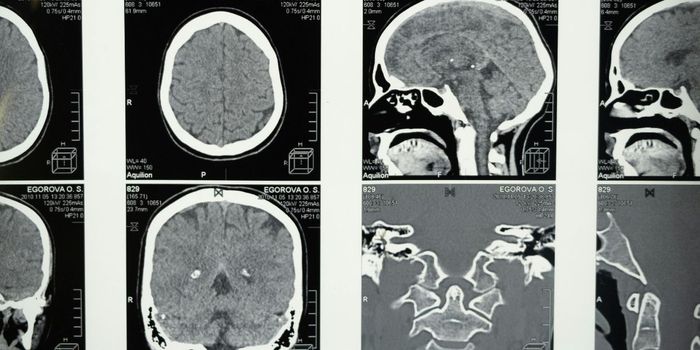In the field of neuroscience, one of the newest areas of research is in transcranial direct current stimulation or tDCS. It’s been investigated for use in treating anorexia as well as aiding in weight loss Other studies suggest it could be useful in treating depression and anxiety, alleviating stress and helping stroke patients recover. It’s an exciting field of study and the researchers, scientists and medical professionals working in it are truly on the cutting edge of technology in looking at the possible benefits of tDCS. Others are looking at it as well, but most are not professionals. They are “do-it-yourselfers” either purchasing tDCS headsets online or building their own with batteries and wire.
Recently a group of doctors, neuroscientists and research fellows published a letter in the journal Annals of Neurology explaining that too much about the practice of tDCS is as yet unknown, and that buying or building devices and zapping your own brain is a bad idea.
Using tDCS to treat any disease or condition is not yet approved by the FDA. The companies that sell brain stimulating devices online, and there are many, specifically state that they are not medical devices, since none of them have FDA approval either. The 39 researchers that signed the letter published this month had many reasons to caution people against using tDCS devices to treat themselves or attempt to improve athletic performance.
Their concerns were that while electrodes on tDCS devices get placed on parts of the scalp so as to target specific brain regions, the neuronal network in the brain is complex. The current in the devices can spread to other areas of the brain, causing unintended effects that amateur users have no way of preventing or understanding.
In addition, when a user is wearing a tDCS device and engaged in a cognitive task like reading, watching a movie or listening to music, that impacts brain activity. What the user is doing while the device is attached affects the way the brain reacts to the current and users can’t be sure of what the outcome will be from the brain stimulation as it relates to the activity being done.
They also stressed that while on the surface it might appear the tDCS improves cognitive or physical abilities in one area, it’s possible that the treatment could negatively impact other brain functions. In science, it’s a rule that for every action there is an equal and opposite reaction and this could be harmful when dealing with the brain.
There simply isn’t enough known about how the direct current impacts the electrical activity in the brain and using devices such as some of the headsets that are available online for sale to the public has risks. The video below explains more about the concerns over these devices, check it out.
Sources:
UPI,
UPenn,
Annals of Neurology









